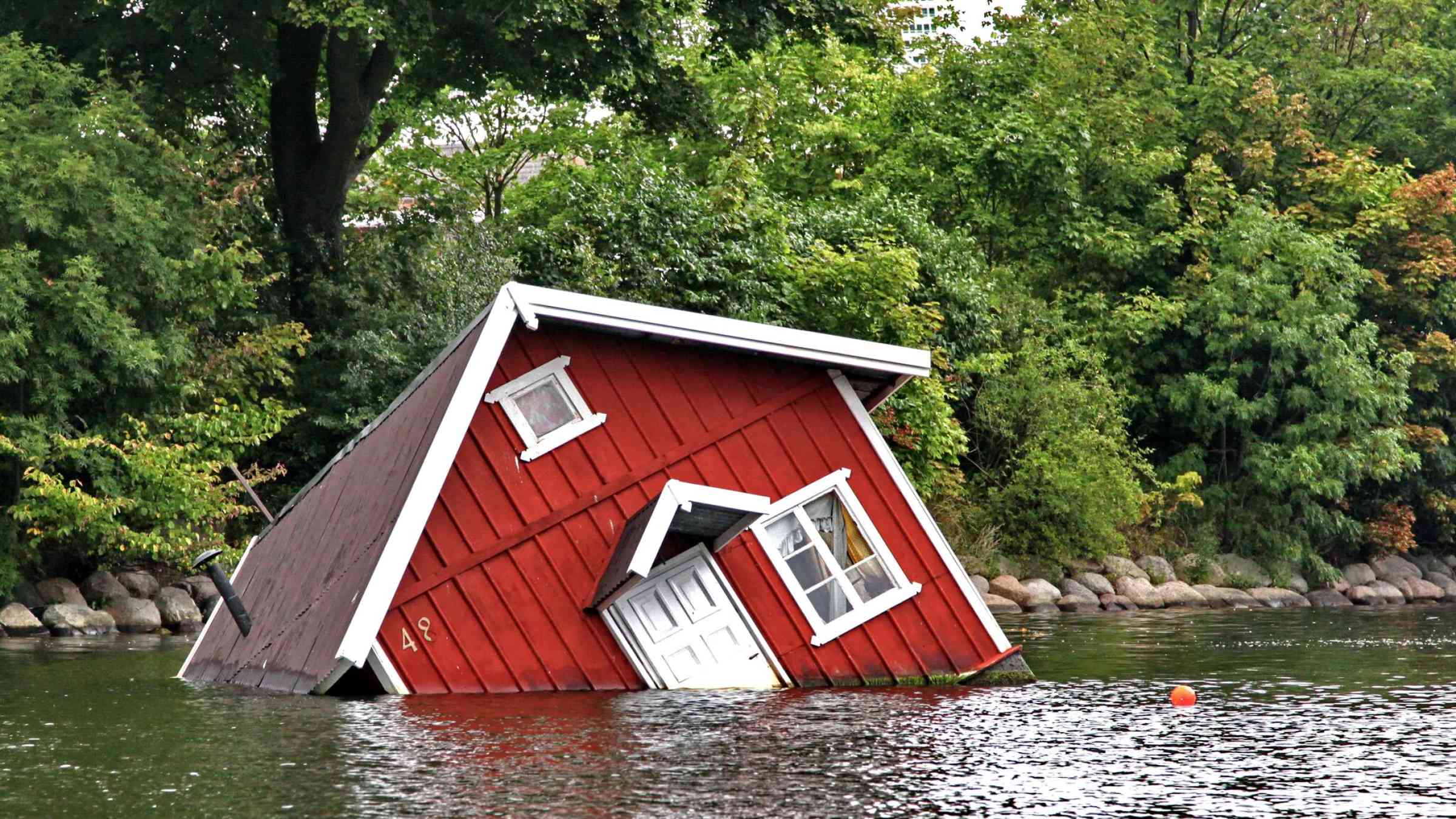Please help us improve PreventionWeb by taking this brief survey. Your input will allow us to better serve the needs of the DRR community.
Accelerating financing for climate and disaster risk prevention and de-risking investment

- English
Time
1530 – 1700 CEST
The COVID-19 pandemic and climate crisis has demonstrated that governments are critically under-prepared to tackle the systemic nature of risk and are underinvesting in and under-prioritizing prevention and resilience. Investing in disaster risk reduction is a precondition for developing sustainably in a rapidly changing climate. It can be achieved and makes good financial sense. Global investments of €1.6 trillion in appropriate disaster risk reduction strategies could avoid losses of €6.4 trillion (GCA 2019).
Yet, in certain countries, domestic public finances earmarked for risk prevention as primary objective are on an average less then 1% of national budget, suggesting a chronic underinvestment in risk prevention. Current actions are not commensurate with the sheer scale of the challenge – the rapid accumulation of disaster risk that is systemic, interconnected and cascading.
Disaster resilience is not prioritized because it is wrongly perceived as politically risky - a cost for an event that might never happen within a political term in most cases driven by lack of visible and well communicated incentives. We are stuck in a vicious circle where the financial cost of disasters is rapidly rising, strapping governments in their ability to mobilize and provide necessary funds, trapped in emergency response.
To add, capital market investments are not yet accounting for disaster risk and are in essence, bankrolling future catastrophes. There is a misperception that disaster risk prevention is the sole responsibility of the public sector and not an issue for the private sector. The true costs of disasters remain external to private sector investment decision-making. At present, much of the policy, regulation, and accounting practices do not mandate consideration or disclosure of the financial impacts of disasters and even though this trend may be slowly changing, measures are limited primarily to climate risks.
We are seeing the consequences of this unfold in real time.
The policy space is at a crossroads. The combined effect of COVID-19 and increasing disaster risk from the climate emergency provides today's decision makers and investors with an unique opportunity to accelerate action and put the world on a path for a resilient, green and sustainable future. In developing sustainable and climate finance, it is important to integrate disaster risk reduction to reorient financial flows and financing in support of disaster risk reduction. But this requires a whole mindset shift to take place across the financial system, that is a move from short-term outlook and under prioritizing disaster risks to promoting a ‘Think Resilience’ approach that becomes mandatory in all public, as well as private sector investment
Objective
In the lead up to COP26 and as part of UNDRR's risk dialogues, this webinar will bring together a range of decision makers, leaders and practitioners from Governments, Central Banks, lending institutions, institutional investors and the private sector, to propose innovative options to accelerate financing for disaster risk prevention, to address the barriers for de- risking investment in the current environment and to identify solutions.
Speakers
- Ms. Mami Mizutori, United Nations Special Representative for Secretary General for DRR
- Mr. Nigel Clarke, Minister of Finance and the public service, Government of Jamaica
- Mr. Vikram Raju, Head of Climate Investing, Morgan Stanley Investment Management
- Mr. Francesco Mazzaferro, Head of the European Systemic Risk Board Secretariat, European Central Bank
- Mr. Chris Papageorgiou, Chief of the Development Macroeconomics Division, International Monetary Fund
- Moderator: Mr. Paolo Garonna, Secretary General, Italian Banking, Insurance and Finance Federation
Explore further
Also featured on
Please note: Content is displayed as last posted by a PreventionWeb community member or editor. The views expressed therein are not necessarily those of UNDRR, PreventionWeb, or its sponsors. See our terms of use
Is this page useful?
Yes No Report an issue on this pageThank you. If you have 2 minutes, we would benefit from additional feedback (link opens in a new window).